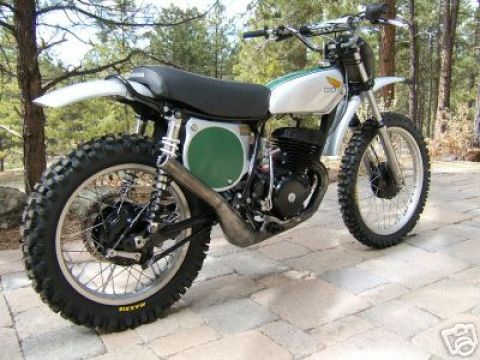Street Ryderz
Well-Known Member
Dont forget that those are race bikes everything on them is better quality bigger and heavier than a bicycle build would be so even the centrifugal 50cc should be able to hit 50mph!
Reliability, greatly increased ride time and life span, Way more potential power.Just curious about the water cooling...
I live in Phoenix and MB's don't overheat with simple air cooling and the proper spark plug, why add all the weight and complication to accomplish no benefit?
Reliability, greatly increased ride time and life span, Way more potential power.






Does a nikasil coating allow for hotter safe running temps? Does it cause the piston and cylinder to hang onto heat longer than a thin chrome?This statement is true Gary, however a lot of "ifs and buts" come with it.
For the most part liquid cooling keeps the engine to no more than 220F or the water boils over and you stop.
An air cooled engine can often be run until the cylinder is over 400F and it seriously cooks.
There is a lot of your reliability.
The 50/50 coolant is an enormous heat sink, soaking up lots of heat energy during short full throttle bursts.
The radiator gets more efficient with temperature, so it works well to keep the engine around 200F.
Power builds heat, so if you cannot shed the heat produced, you are limited in how much power you can produce. If the cylinder head temperature gets too hot, detonation kicks in and limits power (often by destruction!).
There is no doubt water cooling adds complication. What about weight?
I compared various liquid cooled vs air cooled motors, 1974 CR250 vs 1985 Cr250, Blaster 200 vs DT200, etc.
I found that the weight was surprisingly nearly the same.
The extra fins and mass of an air cooled cylinder often weighed as much as the water jacket, rad, coolant and waterpump!
Most liquid cooled engines make more power than air cooled comparables, but these are manufacturer restrictions.
I was able to make more power with a modified 1974 air cooled CR250 than a stock liquid cooled 1985 CR250.
I was also able to tweek a 17hp air cooled Blaster 200 to more hp than the very similar 32hp liquid cooled DT200.
Liquid cooling is not a power adder, but a reliability help, although most liquid cooled engines TYPICALLY have higher power output than their air cooled cousins. Many exceptions to this.
I like simplicity (well, not in my explanations!) so I favour air cooled and don't feel to be at a huge disadvantage.
If I were to race or look for endurance I tend to liquid cooling.
Some pictures of what I am talking about:
30hp Air cooled Blaster (this one is my bored and stroked 240cc Blaster)
My son and I have built 35-38hp stock bore/stroke air cooled Blasters too.

32hp Liquid cooled Blaster with a DT200 cylinder and rad on a 17hp Blaster 200 block. Belongs to my son.

48hp-50hp KTM 250 powered Blaster with Lazy-Boy Steve taking a sunny nap:

As fun as this power brute is, I prefer the simplicity of the air cooled Blasters, even if I have 5-10hp less.
More on top of too much is still too much!
Air cooled 1974 CR250 (not mine but I owned one just like it back in the day):

1981 CR250 (web pict) My tweeked 1974 easily outpowered these when they came out.

Liquid cooling is not essential to make power. It does help to keep things reliable.
I tend to want my bicycle simple, so I trend to air cooled China Girls.
I have been to the realm of "too much power" so I have little need to explore it on a bicycle.
(I own a KTM 380 2 stroke and had a 660 Raptor and that KTM powered Blaster is crazy fast)
However I cannot help to be awed by the idea of a KTM powered Motoped!

Steve
That's some feat for water to do, especially the "greatly increased ride time" part of your improvements.Reliability, greatly increased ride time and life span, Way more potential power.
It's not a feat, it's a fact. It is not water creating this fact, but a engine of far superior design.The air cooled version of the 49cc has over 8 hp. 9 on the water pumper. I believe the 65 cc ktm water pumper has 13 hp. If you could manage to get the 66cc china girl to produce such power I am fairly sure you would be shutting it off long before you emptied your tank, or it would shut off for you.That's some feat for water to do, especially the "greatly increased ride time" part of your improvements.
The only thing that limits my ride time is fuel ;-}
I'm still confused as to how water lengthens the ride, I don't think you fixed the dilemma..It's not a feat, it's a fact. It is not water creating this fact, but a engine of far superior design.The air cooled version of the 49cc has over 8 hp. 9 on the water pumper. I believe the 65 cc ktm water pumper has 13 hp. If you could manage to get the 66cc china girl to produce such power I am fairly sure you would be shutting it off long before you emptied your tank, or it would shut off for you.
